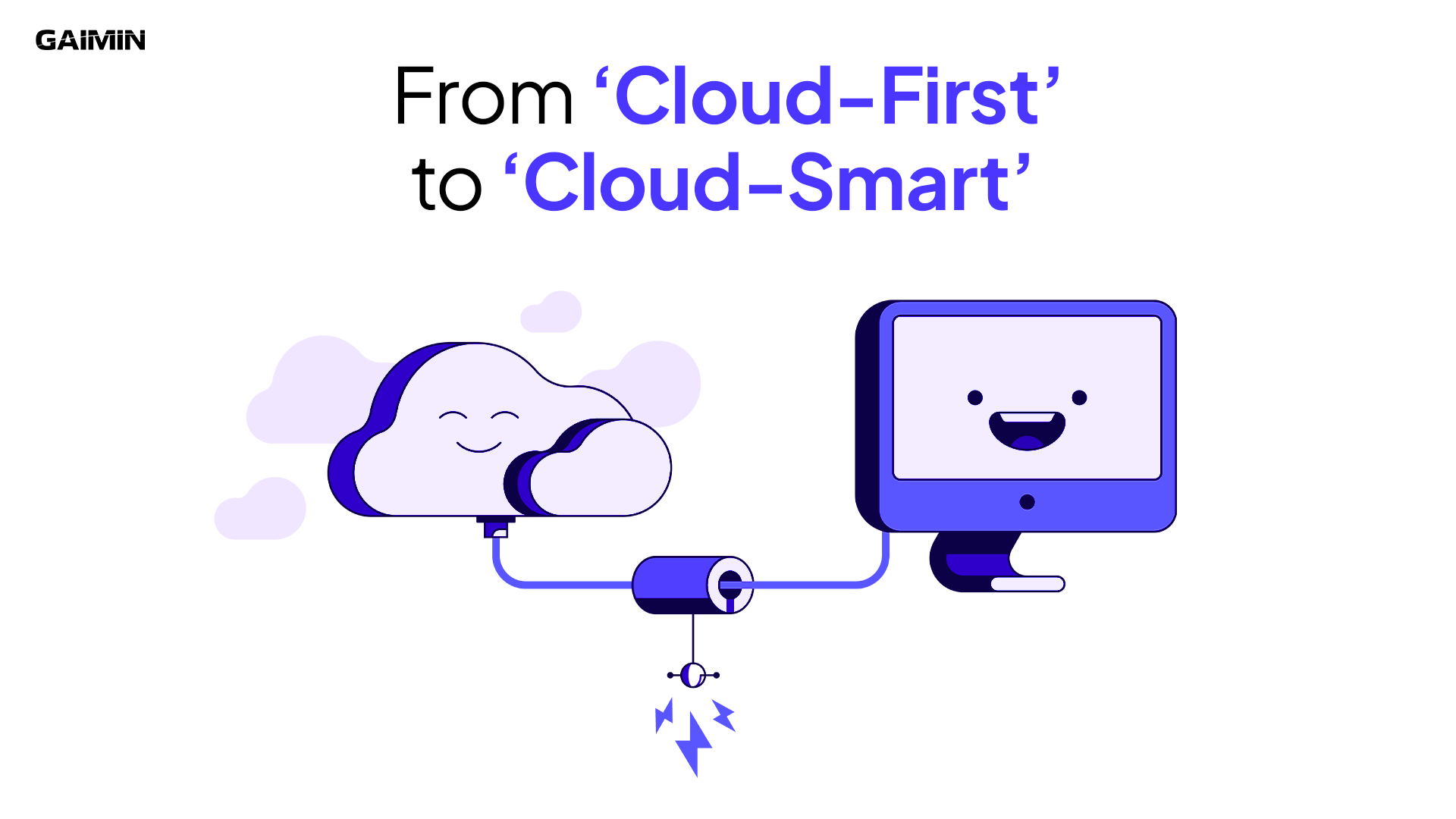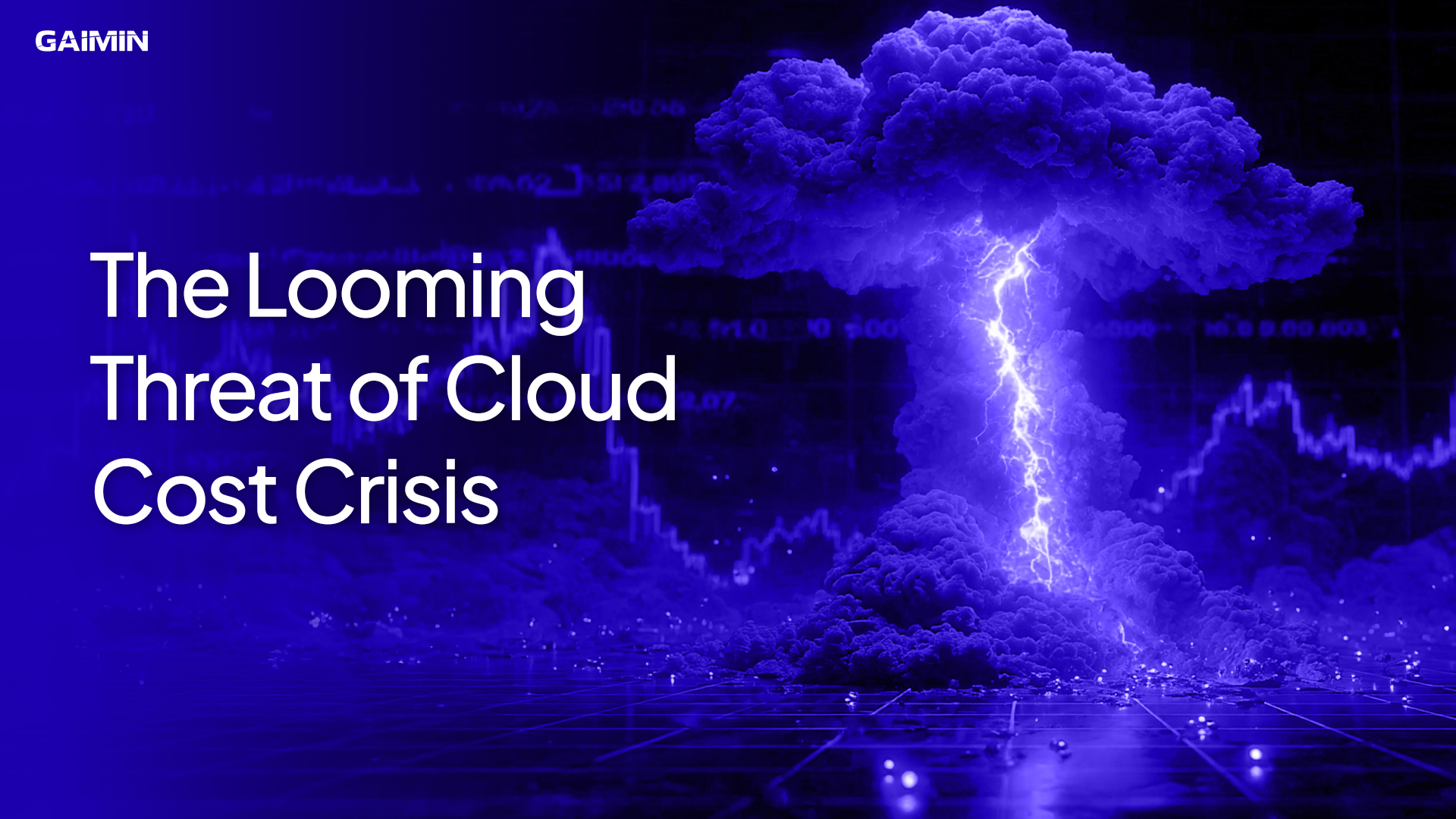Blockchains are decentralized digital ledgers that are used to record transactions across a network of computers. They are the technology behind cryptocurrencies such as Bitcoin, but have the potential to be used for a wide range of other applications as well. One of the key features of blockchains is their ability to enable trust and transparency in digital transactions, without the need for intermediaries such as banks.
However, in order to function effectively, blockchains rely heavily on data processing power. This is because transactions on a blockchain are grouped together into blocks, which are then added to the chain in a linear, chronological order. This process is known as mining, and it can require a significant amount of computational power to complete.
For example, the Proof of Work mining process, which is considered to be the most secure method of confirming and adding transactions on a blockchain, involves solving complex mathematical problems to validate transactions, and this requires powerful computers and lots of data processing capacity. The more computational power that is available to a blockchain network, the faster and more secure the network can be.
The demand for data processing power for blockchain technology is therefore crucial for its growth and scalability. As more and more businesses and organizations begin to adopt blockchain technology, the need for data processing power will only continue to increase. The gaimin.cloud, a platform that uses the computational resources of the global gaming community, is an ideal solution for this growing demand. With potential access to over $200 billion of data processing power, gaimin.cloud can help ensure that blockchain technology can continue to grow and evolve in a sustainable and efficient way.
-Gaimin Company



.png)
